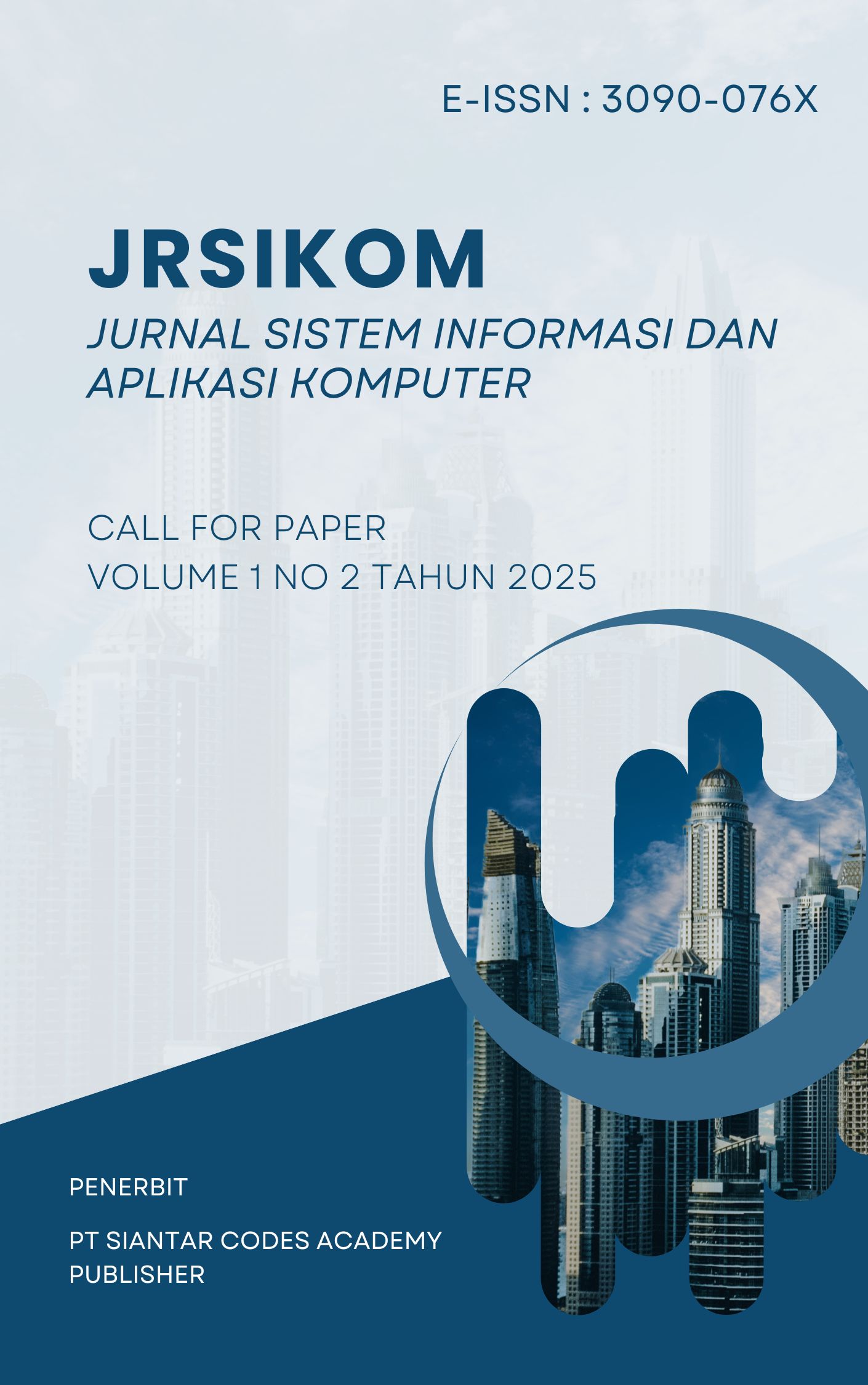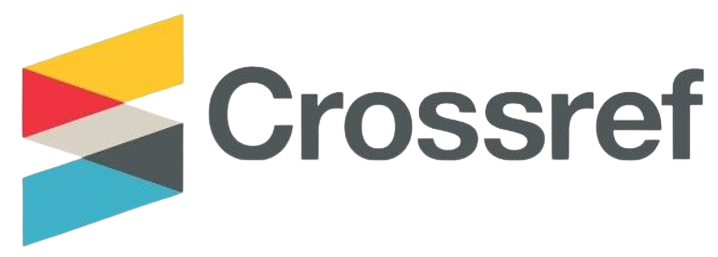EVALUATION OF SOCIAL ASSISTANCE RECIPIENT ELIGIBILITY BASED ON INCOME AND NUMBER OF DEPENDENTS USING THE FUZZY MAMDANI APPROACH
Keywords:
fuzzy mamdani, social assistance, income, household dependents, eligibility evaluation, MATLABAbstract
This study aims to evaluate the eligibility of social assistance recipients by considering income and family dependents using the Mamdani fuzzy logic approach. A key issue in the current selection process of social assistance recipients lies in the limitations of binary classification methods, which are rigid and incapable of fully representing the diversity of socioeconomic conditions in society. By applying the Mamdani fuzzy method, this research incorporates linguistic variables such as "low income" and "large number of dependents" into a more adaptive and continuous assessment system.The study employs primary data collected from 20 respondents, with income ranging from Rp100,000 to Rp900,000 and family dependents ranging from 1 to 6 individuals. The developed fuzzy model uses three membership functions for each input and output variable to enhance the system’s sensitivity to data variations. Fuzzy inference is conducted based on Mamdani rules, while defuzzification utilizes the centroid method to produce eligibility scores on a continuous scale of 0 to 100. The findings demonstrate that the Mamdani fuzzy approach yields a more equitable, transparent, and realistic classification of eligibility for social assistance.As a practical contribution, this study also provides a MATLAB script implementation that can be easily adapted and applied by local governments or social organizations in data-driven selection processes for social assistance recipients.
References
[1]. Kusumadewi, S. (2003). Artificial Intelligence (Teknik dan Aplikasinya). Yogyakarta: Graha Ilmu.
[2]. Jatmiko, T. H. (2019). Sistem Pendukung Keputusan Penyaluran Bantuan Sosial Menggunakan Metode Fuzzy Mamdani. Jurnal Teknologi dan Sistem Komputer, 7(2), 109–116.
[3]. Purnomo, H., & Prasetyo, Y. E. (2020). Aplikasi Metode Fuzzy Mamdani Untuk Penentuan Kelayakan Penerima Bantuan PKH. Jurnal Sistem Informasi, 16(1), 37–45.
[4]. Ramadhani, A., & Suyoto. (2018). Perbandingan Metode Mamdani dan Sugeno dalam Sistem Pendukung Keputusan. Jurnal Ilmiah Komputer dan Informatika (KOMPUTA), 7(1), 45–52.
[5]. Nugroho, R. A., & Hidayat, R. (2021). Penentuan Kelayakan Penerima Bantuan Menggunakan Logika Fuzzy. Jurnal Informatika dan Rekayasa Perangkat Lunak, 3(2), 89–96.
[6]. Fitriani, A., Sari, L. A., & Saputra, R. A. (2020). Sistem Pendukung Keputusan Penyaluran Bantuan Sosial Menggunakan Fuzzy Mamdani. Jurnal Teknologi Informasi, 14(3), 157–163.
[7]. Sugiharto, R. A., & Wahyudi, D. (2017). Sistem Pakar Penentuan Kelayakan Penerima Raskin Menggunakan Metode Fuzzy Mamdani. Jurnal Teknologi dan Komputer, 9(1), 23–30.
[8]. Hariyanto, A. D., & Putra, Y. (2021). Perancangan Sistem Fuzzy Logic untuk Penyaluran Bantuan Sosial. Jurnal Penelitian Teknologi Informasi dan Komputer, 4(4), 321–328.
[9]. Rakhman, A. (2016). Konsep dan Aplikasi Sistem Fuzzy. Yogyakarta: Deepublish.
[10]. Widodo, S., & Nurhayati, T. (2022). Implementasi Fuzzy Mamdani untuk Evaluasi Data Sosial Ekonomi Rumah Tangga. Jurnal Ilmu Komputer dan Sistem Informasi, 10(1), 15–24.
Downloads
Published
Issue
Section
License
Copyright (c) 2025 (JRSIKOM) Jurnal Riset Sistem Informasi dan Aplikasi Komputer

This work is licensed under a Creative Commons Attribution-NonCommercial-ShareAlike 4.0 International License.







